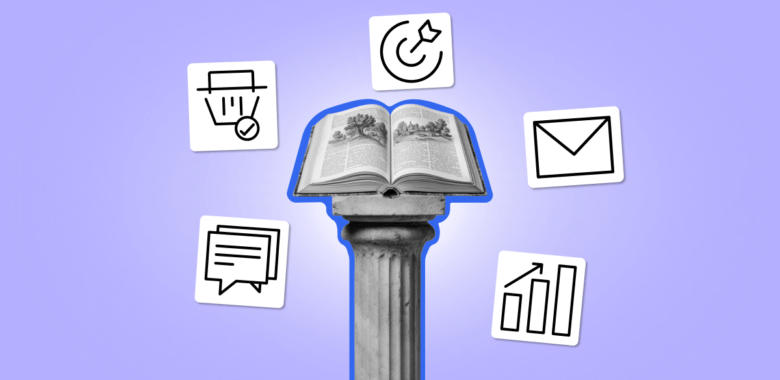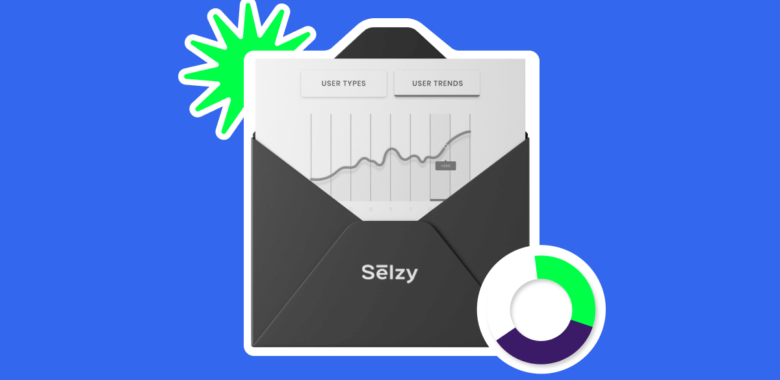Key metrics that influence email marketing ROI
To boost your ROI, you need to improve your marketing results overall. That’s why actions to advance specific metrics will also influence your return on investment.
Open rate
Open rate is the percentage of people who opened your email. If you send a campaign to five people, and all of them open it, that’s 100%! The open rate is not a very reliable metric since some email providers (like Apple) block this kind of tracking to protect user privacy.
To have your customer open your email is the first step, only then can they enjoy your content, visit your website, and make a purchase. To increase the open rate, think about high-quality lists, compelling subject lines, sender reputation, and content.
Click-through rate (CTR)
Click-through rate is the percentage of clicks your email marketing campaign gets relative to the number of all successfully delivered emails. Every good email marketing platform provides this information using tracked links. More clicks relate to more traffic to your site and more purchases!
Conversion rate
Email marketing conversion rate is very related to ROI since it measures the percentage of people who received the email and completed a desired action, which can be a purchase, a website or landing page visit, filling out a form, or other. It is one of the most relevant KPIs to a marketing plan. The difference between conversion rate and ROI is that while the former measures the number of people who took an action, ROI is related to profit.
Revenue per email sent
Revenue per email is another way to track your ROI, or a step ahead that can reveal some hidden truths. To calculate revenue per email, you divide the total revenue from a marketing campaign by the total number of emails sent.
For example, sometimes your ROI is stable, but you’re emailing more people, so the revenue per email sent is lower than it was before. Inversely, with good segmentation, you can send fewer email campaigns but get higher revenue per email sent and possibly higher ROI as well.
Cost per email sent
To calculate this metric, you need to divide your email marketing spending over a period of time by the number of emails you send in the same time frame.c
The cost per email sent is a key component of ROI since it is part of email marketing expenses. Some email marketing providers charge per email, some have tier limits, some charge per size of the subscriber list, and some by company size. You also need to include your marketing team costs, in-house or hired, used to write the content, design, and track your emails. The bigger the list size, the more diluted the costs.
For example, if each email is created or sent manually by the team, the cost per email can skyrocket. The best solution is email marketing automation.
Subscriber growth rate
Subscriber growth rate is the growth of your list as a percentage over time, for example, “2% per month.” In a healthy marketing environment, your list should grow and get new subscribers organically. With a bigger list, you can expect a better ROI.
You can push this rate with specific marketing efforts to get new subscribers, such as campaigns where new subscribers get benefits (like coupons or raffle tickets).













